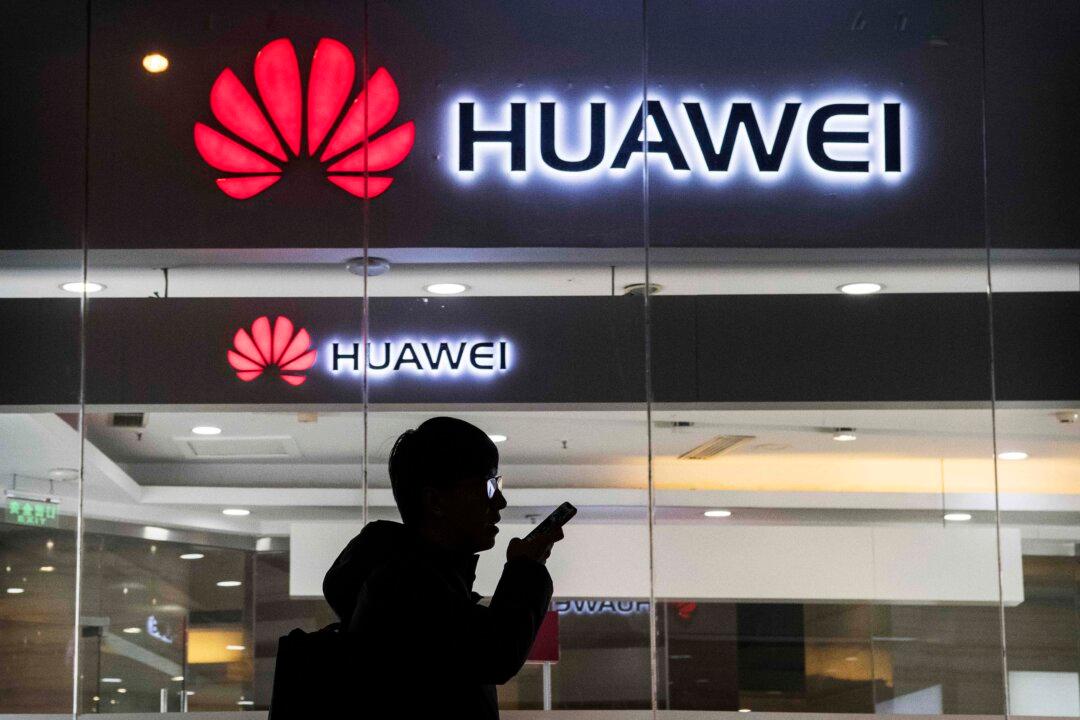Huawei’s recent launch of its latest smartphone, which uses an advanced 7-nanometer chip made in China and an unidentified South Korean chip, has raised questions about whether the regime in Beijing has breached U.S. sanctions.
The Chinese telecom equipment company unveiled its Mate 60 Pro smartphone in late August as U.S. Commerce Secretary Gina Raimondo wrapped up her visit to China.





